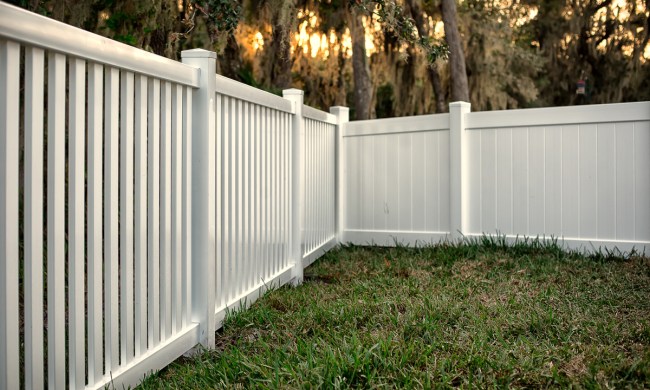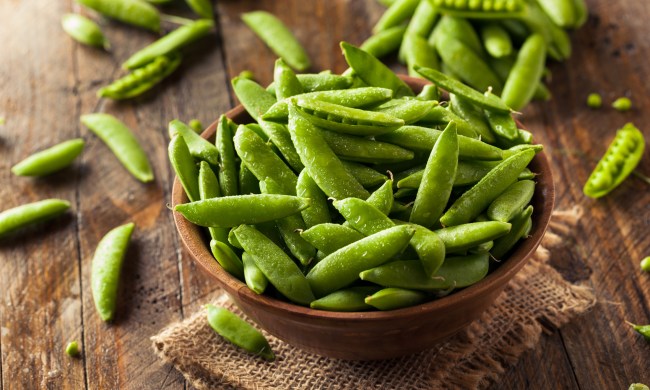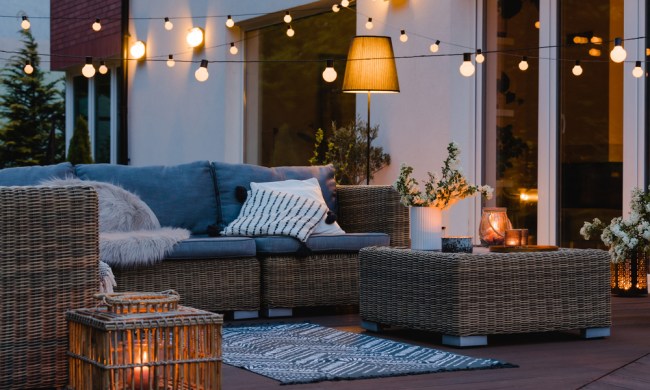You might be someone lucky enough to have grown up in the country with a family that always had a garden, or maybe you’ve been able to grow a garden in your own backyard. However, if you’re like most people, you probably haven’t experienced either of those situations. Many people grow up in suburban or urban environments where space is minimal, and what space there is sure isn’t used for gardening!
That is unless you get creative. People who enjoy the idea of gardening but who don’t have normal gardening space have come up with lots of different ways to still grow herbs, flowers, vegetables, fruits, and decorative plants. Some have learned how to build their own little greenhouses indoors, while others learned how to start a patio garden.
If you find yourself in the latter category, or heck, if you’re somebody from the country who used to have a garden and moved to the city and want a way to grow the plants you love, you’re in the right place. We’ll go over how you can design a deck vegetable garden that will beautify your deck and give you and your neighbors something to talk about!
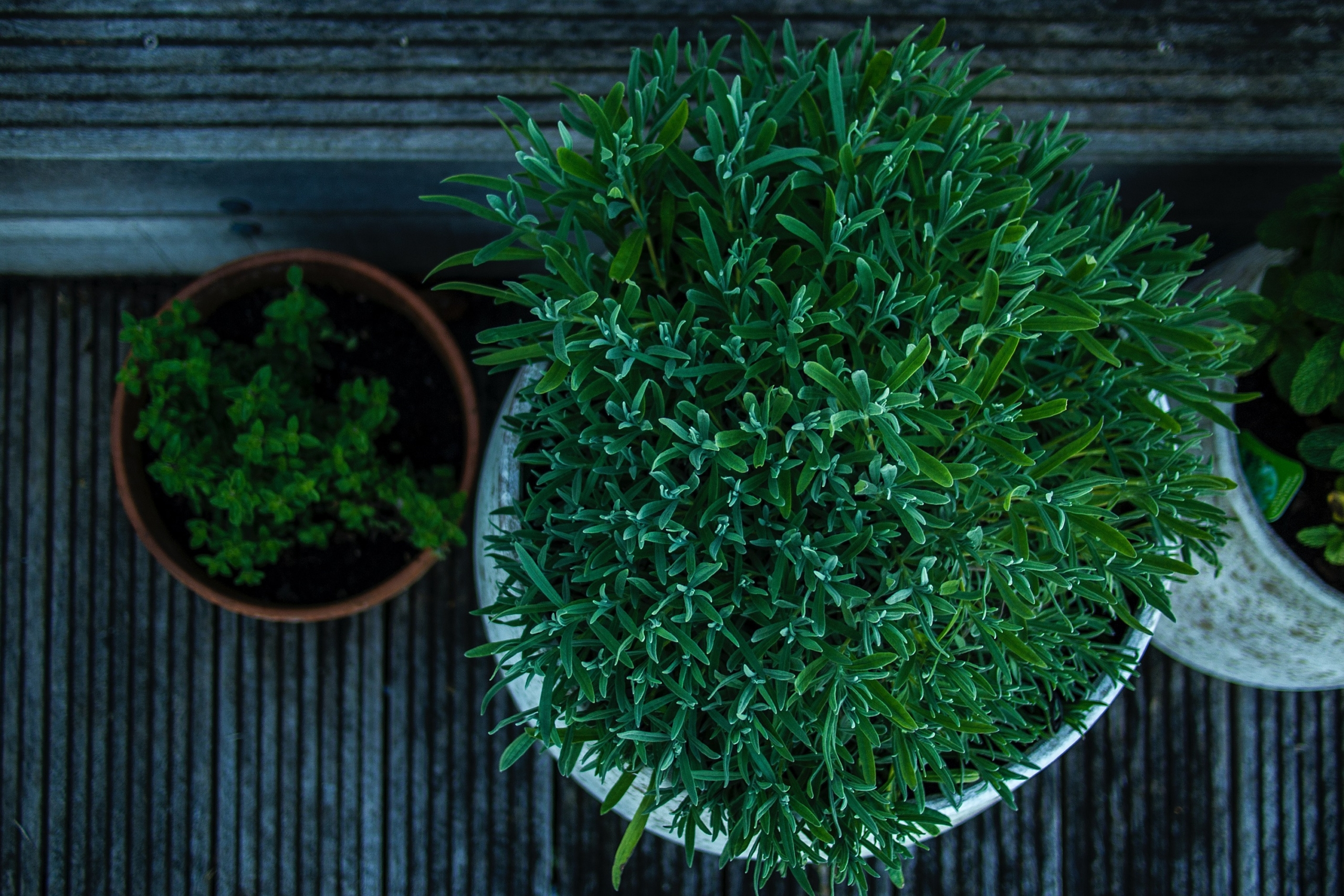
Discover your why
Maybe you’re all into sustainability. It could be that you’re sick and tired of all the herbicides and pesticides that coat the produce at most regular supermarkets. Then again, maybe you enjoy the notion of creating green spaces, even tiny ones, to counterbalance the harsh brick, concrete, and steel city in which you live.
Everyone has their own reasons for wanting to transform the real estate they control, and there are a myriad of benefits to growing a vegetable garden on your deck that provide plenty of justification for doing so. For example, creating a vegetable garden on your deck will entail using containers. These can give you an edge over your country kin who till the soil. That’s because you won’t have to deal with issues such as poorly draining soil, nematodes, or common garden pests like gophers.
Moreover, since the soil in containers gets warm faster than regular dirt, you’ll be able to sow certain seeds and watch plants like peppers or tomatoes start growing way ahead of the regular season. Now, when your curious neighbor asks why you’re growing stuff all over your deck, you’ll have a variety of answers you can give!
Consider your space
It’s likely that when you begin building your deck vegetable garden, you’re going to start using things like planters, tables, bags, and containers. However, depending on the size of your deck, you might not have a lot of room to work with. If that’s the case, you’ve got to remember the following:
- Your presentation is important: You don’t want your deck vegetable garden to look like a haphazard pile of plants thrown willy-nilly here and there. You don’t want it to look like a jumbled up mess. Where’s the aesthetic in that? Instead, be sure that your space and the things you place in it are manageable. Ensure that it’s not cluttered and that there’s an open, free feel to it. You want to be able to maintain your little garden easily and enjoy it the whole time.
- Optimize your use of sunlight: You might not think this is an issue because your plants are on an outdoor deck. However, remember that where the deck is located might impact how much sun your plants receive. For example, decks built on the north side of a house won’t get as much sunlight as those made on the south side. You’ll need to optimize your plants’ location on your deck so they receive the maximum amount of sunlight they need. Doing this might entail something as simple as stacking your growing containers on a series of shelves or something similar.
- Consider container weight: Do you know the weight limits of your deck? That’s something to keep in mind since some growing containers can be large and quite heavy. For example, after watering, some containers like potato barrels can weigh hundreds of pounds.
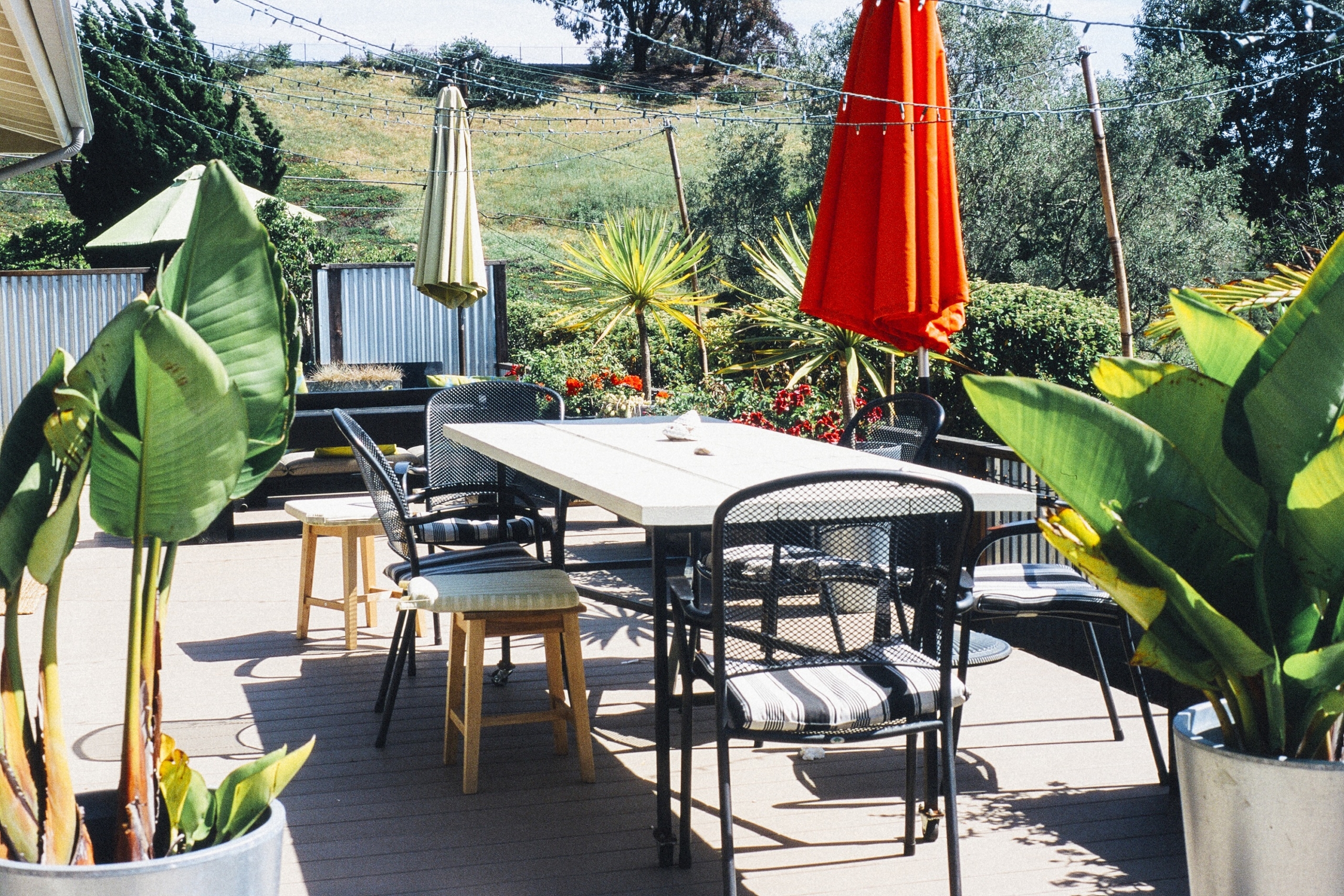
Some veggies to start
While there are many different kinds of plants you could grow on your deck garden, we’re sticking to vegetables here. Remember that some vegetables grow better than others, depending on climate. If you’re in the north, think about growing things like beans or snow peas, while if you’re in the south, you may wish to consider peppers and tomatoes. Regardless of where you are, the following veggies do pretty well when grown in small containers and should make an excellent addition to your deck garden:
- Lettuce
- Tomatoes
- Peppers
- Scallions
- Carrots
- Beets
When choosing your potting mix, ensure that it drains well. Also, make sure that you combine it with a fertilizer that contains a controlled release product. Your containers need to have drainage holes and shouldn’t sit directly on the deck. Instead, use wooden blocks or ensure that the containers have decorative feet.
No matter what veggies you choose to grow or how you choose to grow them, starting a garden on your deck is a great way to bring some life into your outdoor spaces. We can’t wait to see what you grow and all the benefits you reap!
